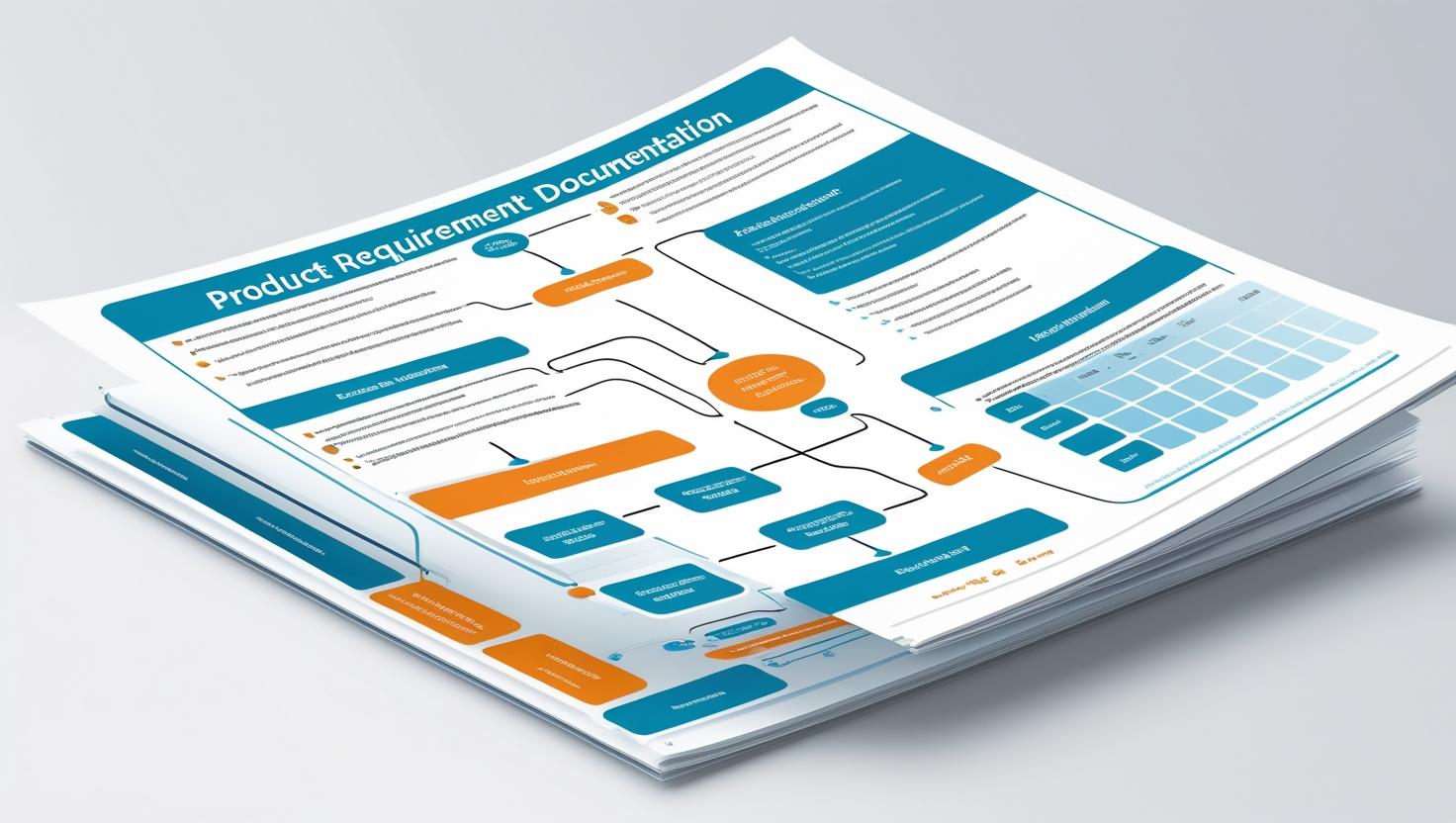A Product Requirements Document (PRD) is the single source of truth that defines what to build, why it matters, and how success will be measured. It aligns teams (engineering, design, marketing) and prevents costly miscommunication.
Core Components of a Strong PRD
1. Overview & Objectives
- Problem Statement:What user pain point are we solving?
- Example: “Users abandon carts because checkout takes 5 steps.”
- Business Goal:How does this align with company OKRs?
- Example: “Increase checkout conversion by 20%.”
2. User Stories & Personas
- Who: Define target users (e.g., “Busy parents shopping on mobile”).
- Jobs-to-be-Done (JTBD):
- “As a [user], I want to [action] so that [benefit].”
- Example: “As a shopper, I want 1-click checkout so I don’t lose my cart.”
3. Features & Scope
- Must-Have (MVP):
- Example: “Guest checkout, saved payment methods.”
- Nice-to-Have (V2):
- Example: “Split payments, gift wrapping.”
- Out of Scope:
- Example: “No international shipping in V1.”
4. Success Metrics
- Quantitative:
- Primary: “Increase checkout completion from 35% → 50%.”
- Secondary: “Reduce support tickets about checkout by 30%.”
- Qualitative:
- Example: “80% of test users rate checkout as ‘easy’ (NPS survey).”
5. Technical & Design Specs
- Wireframes/Mockups: Link to Figma/Adobe XD.
- APIs/Integrations:
- Example: “Stripe for payments, Address Validation API.”
- Data Requirements:
- Example: “Track time-per-checkout-step in Amplitude.”
6. Risks & Dependencies
- Technical Risks:
- Example: “Payment gateway latency may impact conversion.”
- Stakeholder Dependencies:
- Example: “Legal approval required for saved CC data.”
7. Timeline & Milestones
- Release Phases:
- Alpha (Test Group): “July 10 – 100 users.”
- Beta (All Users): “August 1.”
PRD vs. Other Docs
| Document | Purpose | Owned By |
|---|---|---|
| PRD | What to build & why | Product Manager |
| Technical Spec | How to build it | Engineering Lead |
| User Stories | Detailed user needs | PM/UX Designer |
Best Practices
✅ Keep it concise (5-10 pages max).
✅ Use visuals (flowcharts, mockups).
✅ Version control (Google Docs/Notion with changelog).
✅ Review with stakeholders (engineers, designers, legal).
PRD Template Structure
- Title & Owner (PM name, date)
- Background (Problem, business case)
- User Needs (Personas, JTBD)
- Solution (Features, mockups)
- Metrics (How we’ll measure success)
- Timeline (Phases, deadlines)
- Appendices (Tech notes, research data)




